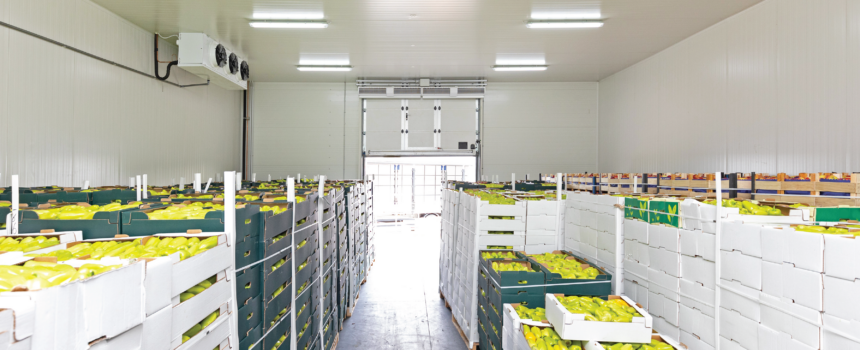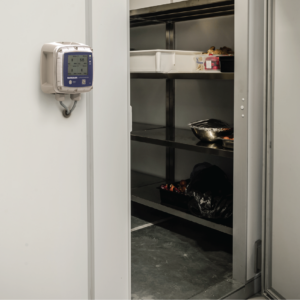Related Links

In the HVACR industry, there are regulatory guidelines designed to enable the use of natural resources while keeping people and places safe.
Ammonia (NH3), for example, is a natural refrigerant that is great for efficiency but has a particular potency that warrants diligence and awareness when used. According to OSHA, an ammonia concentration as low as 50 ppm over a standard 8-hour workday has the potential to cause serious health concerns.
IIAR, or the International Institute of Ammonia Refrigeration, is an association of global advocates for the reliable, safe, and efficient use of ammonia and other natural refrigerants. AHJ (Authorities Having Jurisdiction) often look directly to IIAR for guidelines to follow while auditing sites – this means implementing and understanding IIAR standards (such as IIAR-2 and IIAR-9) in your facility may be crucial to remaining compliant. But what do these two standards mean for you and your corporation?
IIAR-2 and IIAR-9 are both safety standards that have the potential to regulate the design, installation, and operation of ammonia refrigeration systems:

IIAR-2, titled Standard for Safe Design of Closed-Circuit Ammonia Refrigeration Systems provides guidelines for the design, construction, installation, and operation of closed-circuit ammonia refrigeration systems. This standard covers nearly all aspects of the system and emphasizes the importance of safety throughout it’s life cycle – from development to operational use of the product and system.
IIAR-9, titled Standard for Minimum System Safety Requirements for Existing Closed-Circuit Ammonia Refrigeration Systems provides guidelines for the minimum safety requirements for existing closed-circuit ammonia refrigerant systems. This standard covers system components, emergency response planning and personnel training.
Essentially, IIAR-2 applies to the safe development of new ammonia systems, while IIAR-9 applies to existing systems. Following IIAR’s guidance in your enterprise may require specific technology and solutions.
Designed to comply with IIAR-2 and IIAR-9 standards, the MSA Bacharach MGS-401 Entrance Monitor provides an accurate and reliable means of displaying ammonia leak levels at the entrance of a monitored area. This allows technicians to safely monitor gas concentration levels before entering a space – a key guideline for IIAR standards.
In facilities that lack this technology, AHJ that follow IIAR’s guidance may require individuals entering a space to wear respiratory protection each time they enter. This may also prevent fire departments, OSHA personnel, or other safety professionals responding to a leak from knowing the concentration levels inside the area, which may prompt personnel to wear full hazmat suits before entering.

The MGS-401 displays concentration levels of up to four connected sensors and features a visual and audible alarm indicator. The MGS-401 also has the ability to relay a signal to the BMS (Building Management System) to automatically trigger ventilation and other emergency protocols. This system displays ammonia concentration inside the space and alerts personnel when the area reaches dangerous levels, allowing them to take appropriate action to mitigate the risk of injury. On top of being a safety and health hazard, unmonitored ammonia concentrations and leaks may lead to property or product damage, significant monetary loss and inefficient cooling systems.
While IIAR standards can be complex, they may be crucial for compliance and enabling safe ammonia systems. Taking the necessary steps to safeguard your facility can be made easy with specifically designed solutions.
If you’d like to see the MGS-401 Entrance Monitor in action, click here and navigate to the Diffusion Detection tab to view our interactive infographic.
To learn more about the MGS-401 Entrance Monitor specifications via product videos and technical publications, click here.

